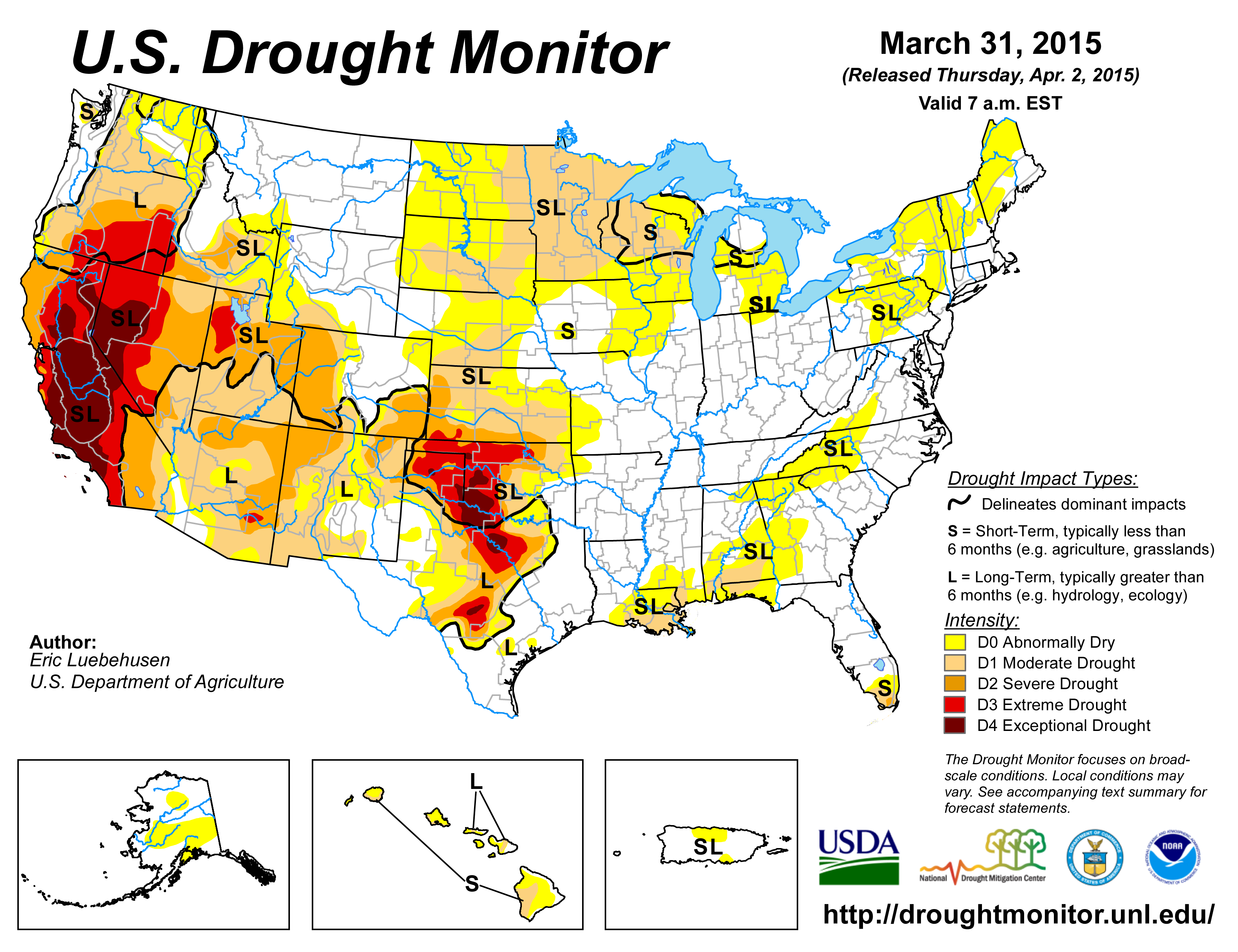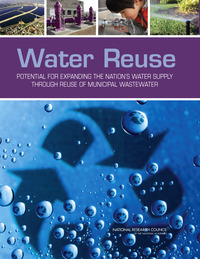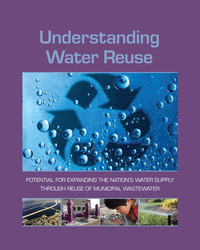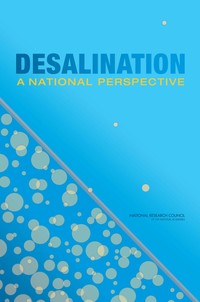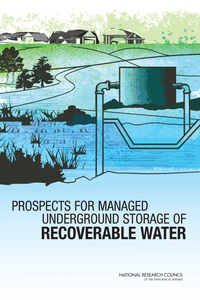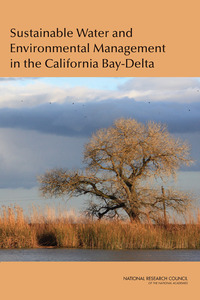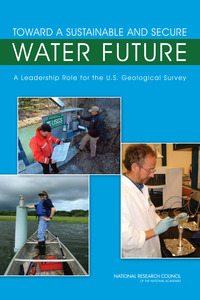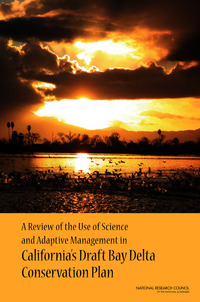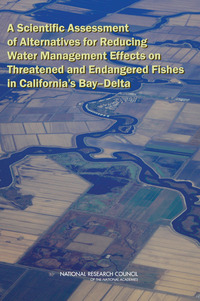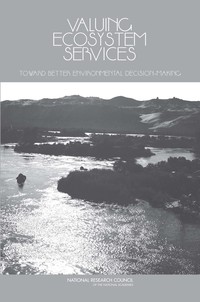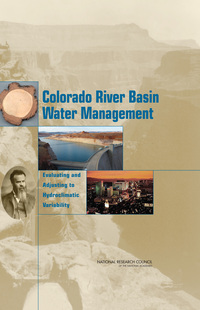
Today is World Water Day – a day to focus on the United Nations’ Sustainable Development Goal of safe drinking water for all. Our reports explore challenges and opportunities for improving water safety and availability. All are free to download.
Drinking Water Distribution Systems: Assessing and Reducing Risks
Protecting and maintaining water distributions systems is crucial to ensuring high quality drinking water. Distribution systems — consisting of pipes, pumps, valves, storage tanks, reservoirs, meters, fittings, and other hydraulic appurtenances — …
From Source Water to Drinking Water: Workshop Summary
The Institute of Medicine’s Roundtable on Environmental Health Sciences, Research, and Medicine was established in 1988 as a mechanism for bringing the various stakeholders together to discuss environmental health issues in a neutral setting. The …
New York City’s water supply system is one of the oldest, largest, and most complex in the nation. It delivers more than 1.1 billion gallons of water each day from three upstate watersheds (Croton, Catskill, and Delaware) to meet the needs of …
Water Reuse: Potential for Expanding the Nation’s Water Supply Through Reuse of Municipal Wastewater
Expanding water reuse–the use of treated wastewater for beneficial purposes including irrigation, industrial uses, and drinking water augmentation–could significantly increase the nation’s total available water resources. Water Reuse …
Challenges and Opportunities in the Hydrologic Sciences
New research opportunities to advance hydrologic sciences promise a better understanding of the role of water in the Earth system that could help improve human welfare and the health of the environment. Reaching this understanding will require …
Pathways to Urban Sustainability: Challenges and Opportunities for the United States
Cities have experienced an unprecedented rate of growth in the last decade. More than half the world’s population lives in urban areas, with the U.S. percentage at 80 percent. Cities have captured more than 80 percent of the globe’s economic …
Chronic and episodic water shortages are becoming common in many regions of the United States, and population growth in water-scarce regions further compounds the challenges. Increasingly, alternative water sources such as graywater-untreated …
Desalination: A National Perspective
There has been an exponential increase in desalination capacity both globally and nationally since 1960, fueled in part by growing concern for local water scarcity and made possible to a great extent by a major federal investment for desalination …
In communities all around the world, water supplies are coming under increasing pressure as population growth, climate change, pollution, and changes in land use affect water quantity and quality. To address existing and anticipated water …
Alternatives for Managing the Nation’s Complex Contaminated Groundwater Sites
Across the United States, thousands of hazardous waste sites are contaminated with chemicals that prevent the underlying groundwater from meeting drinking water standards. These include Superfund sites and other facilities that handle and dispose …
Experts in the areas of water science and chemistry from the government, industry, and academic arenas discussed ways to maximize opportunities for these disciplines to work together to develop and apply simple technologies while addressing some of …
Contaminated Water Supplies at Camp Lejeune: Assessing Potential Health Effects
In the early 1980s, two water-supply systems on the Marine Corps Base Camp Lejeune in North Carolina were found to be contaminated with the industrial solvents trichloroethylene (TCE) and perchloroethylene (PCE). The water systems were supplied …












